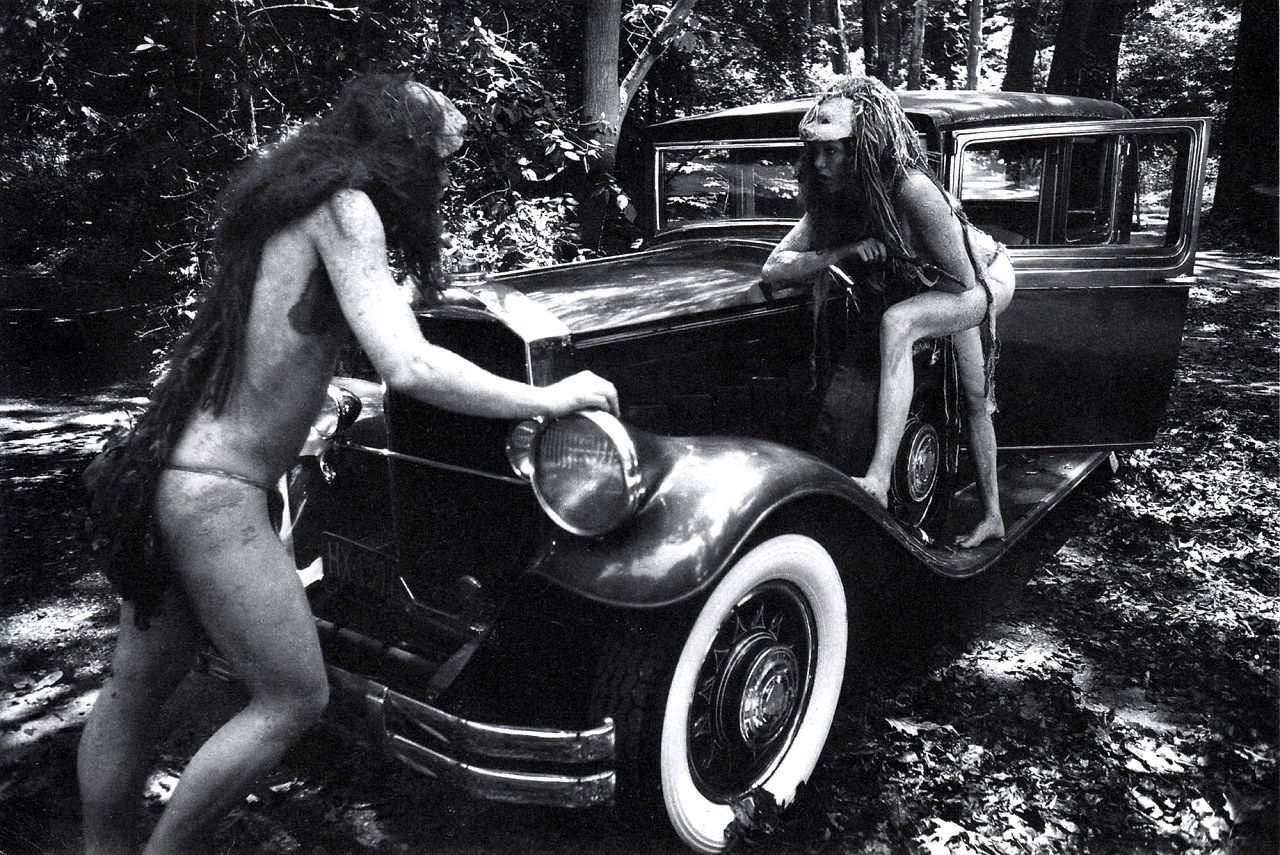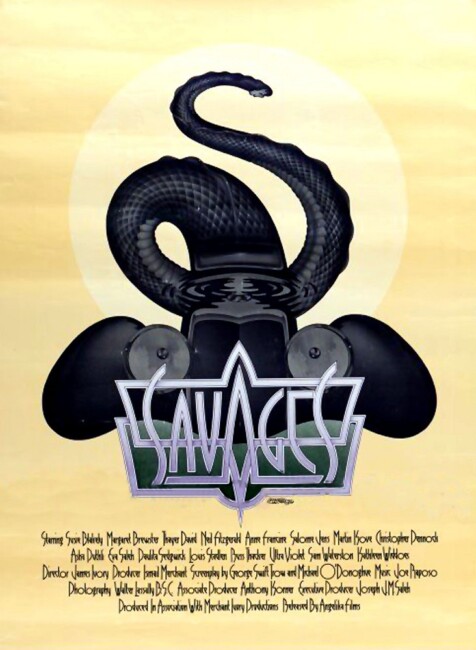Crew
Director/Based on an idea by James Ivory, Screenplay – Michael O’Donoghue & George Swift Trow, Producer – Ismail Merchant, Photography (some scenes sepia-tone) – Walter Lassally, Music – Joe Raposo, Art Direction – James D. Burke & Jack Wright. Production Company – Angelika Films/Merchant Ivory Productions.
Cast
Anne Francine (Carlotta), Lewis Stadlen (Julian Branch), Thayer David (Otto Nurder), Martin Kove (Archie), Susie Blakely (Cecilia), Salome Jens (Emily Penning), Asha Puthli (The Forest Girl), Sam Waterston (James), Margaret Brewster (Lady Cora), Christopher Pennock (Hester), Neil Fitzgerald (Sir Harry), Russ Thacker (Andrew), Paulita Sedgwick (Penelope), Ultra Violet (Iliona), Kathleen Widdoes (Leslie), Eva Saleh (Zia)
Plot
A tribe of primitives, the Mud People, are interrupted by a croquet ball that falls in on their ceremonies. Following it, they come upon an Edwardian country estate. They puzzle over the clothes and belongings. They eventually place these on and adopt civilised, upper-class ways. However, at a dinner party they hold, they begin to lose hold over civilised behaviour and eventually revert to primitivism.
Director James Ivory and producer Ismail Merchant are best known for films like Heat and Dust (1983), The Bostonians (1984), A Room with a View (1985), Howards End (1992), The Remains of the Day (1993), Jefferson in Paris (1995) and The Golden Bowl (2000). Up until Merchant’s death in 20055, they and writer Ruth Prawer Jhabvala carved out a particular arthouse niche, usually adapting works by E.M. Forster or Henry James, all concerning themselves with the lives of the aristocracy and upper-classes of the early 20th Century. Although at the time that Savages was made, Merchant and Ivory had only made a couple of successful films set around British Colonial India, Shakespeare Wallah (1965) and Bombay Talkie (1970). Savages is without a doubt the strangest film in their mutual oeuvre.
Savages feels more like a feature-length version of a short art film idea. Various reviews always describe Savages in terms of its premise – a group of savages are interrupted in their rituals by a croquet ball, follow it to a country estate where they put on clothes and become upper-class aristocracy, until everything falls apart and they hit a ball back into the woods, follow it and revert to savagery again – and that is the whole of the film.

The dramatics in between the idea are just padding. Some of the song and dance numbers and games during the Edwardian sequence certainly do give evidence of that padding. Nevertheless, the idea is droll – the symmetry of the ending is delightful. The most intriguing of the sequences is the one entitled In the School Yard with its images of people caught halfway between civilisation and the remnants of tribal culture – where the capitalist plays with toy trains, which are interpreted as mythical carriages, and we see people discovering the embryonic beginnings of dance steps.
Savages was one of several others at the time that explored the thin dividing line between barbarism and civilisation. Others included the British film Lord of the Flies (1963) about schoolboys reverting to barbarism when abandoned on a desert islan, and the French anarchist fantasy Themroc (1973) about people suddenly reverting to pre-verbal behaviour.


